Ground Reports
In Pictures: The Wonderland That Is Baramati
Krishna Dange
May 06, 2024, 05:55 PM | Updated May 08, 2024, 12:38 PM IST
Save & read from anywhere!
Bookmark stories for easy access on any device or the Swarajya app.
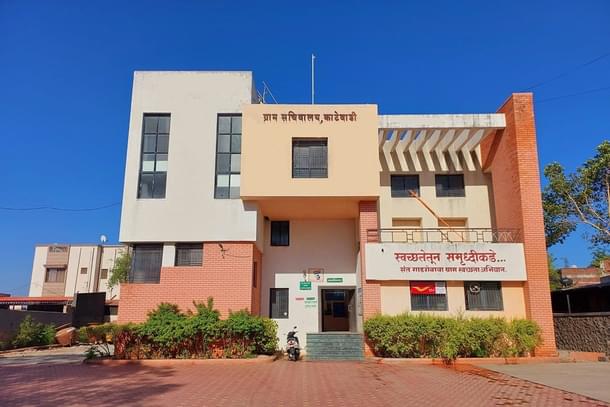
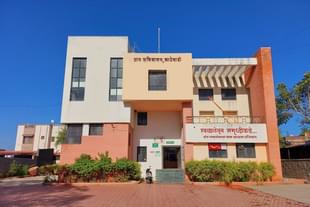
"Today there are 12 sugar mills in and around 50 kilometers of Baramati town which witnesses only eight inches of average rainfall.
"The grapes grown here are exported abroad. Fruit juices produced here have reached every nook and corner of the country. Cheese products required by global brands like Pizza Hut and MacDonald's are produced here. This is the 'Baramati Pattern,' which transcends politics and puts the development agenda at the centre," wrote Sharad Pawar, the octogenarian political leader in the 2015 edition of his Marathi autobiography titled, Lok Maajhe Saangaati.
As a junior college student of humanities who was sceptical of every written word of a politician, I took these words not with a pinch but a spoon full of salt back when I bought a copy of this book a month after its publication.
Come 2024 and as a part of the general election coverage for Swarajya, I decided to visit Baramati to get a reality check of the much famed town and its near abouts.
Right from the Swargate Bus Station in Pune, one realises that there is something special about Baramati. The state transport corporation employee at the ticket counter informs that only non-stop air-conditioned Shiv-Shahi buses ply on the route to Baramati. Although the buses are not in a great shape, travelling in air-conditioned buses is a luxury available for travellers only on select routes in Maharashtra.
Once the bus climbs up the Dive Ghat and starts racing along the four-lane under construction Palkhi Mahamarg, it is easy not to miss noticing vast swathes of empty farms. The furrows in the field indicate that the farms have been readied by the cultivators for the kharif season which begins with the onset of monsoon.
A look at the hills beyond the farms indicates rocky landmass devoid of any vegetation. These sights are a memory refresher for anyone who has studied the state's geography in school that the entire stretch from Saswad to Baramati and beyond falls on the leeward side of the Sahyadri mountain range. As a result, this patch is classified as a 'rain-shadow' region.
However, after crossing the famed temple towns of Jejuri and Morgaon, fields along both sides of the road gradually start turning green. Leaves on the tall stems of sugarcane gently move with breeze and small saplings of other intermittent crops shine bright under the setting sun.
Anjali Kulkarni, a co-passenger sitting next to me beams with pride and says, "This should tell you, we are about to reach my home town- Baramati."
For someone who has grown up in Maharashtra, one is habitual to seeing bus stations which are smelly and unclean in every sense. However, Baramati sweeps you off the feet the moment you set your first foot down at the town's bus terminus.
Built at a cost of approximately Rs 50 crore with its red-exposed brick and aesthetically designed tin roof, the new Baramati Bus Terminus is just another addition to the many things Baramatikars can boast about.
Once fully operationalised, the bus terminus will have dormitories for passengers and state bus transport employees alike apart from other facilities such as waiting rooms and a cafeteria.
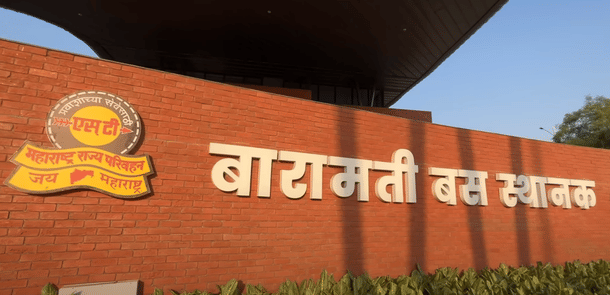
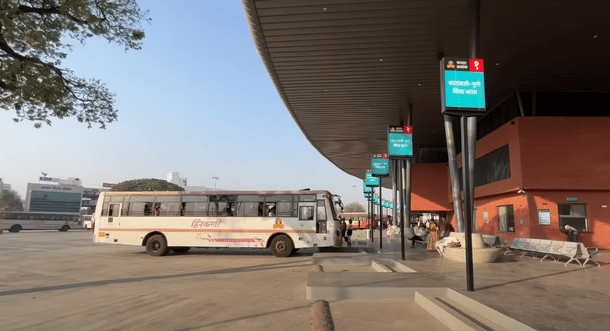
There are differences among the town's residents as to whether Baramati needed a new bus terminus. However, there is complete unanimity among them that the picture of the present day Baramati is all due to the efforts of the politically influential Pawar family and its patriarch Sharad Pawar, the founder of the erstwhile undivided Nationalist Congress Party (NCP).
Since last year, Baramati- home town of the Pawars, has been in the spotlight after a majority of the Sharad Pawar-led NCP's elected legislators and Members of Parliament (MP) elected Ajit Pawar, senior Pawar's nephew, as its party president.
Subsequently, the party founder Sharad Pawar formed his separate political party now known as the NCP-Sharadchandra Pawar.
To understand the genesis of the Pawar family, I hailed a ride to the village where it all started — Katewadi, the birth-place of Sharad Pawar and his 10 siblings.
Located next to the Nira Left Bank Canal which is fed 365 days of the year by the waters of the Bhatghar and Veer dams, Katewadi is a benchmark in itself for all villages in Maharashtra.
Abundant mango and peepal trees, clean and pothole free alleyways, several two-storey bungalows and an elaborate set-up of a community health centre and schools — Katewadi has everything.
Although most of the Pawar family members now live in Baramati town nearby, they continue to be in touch with the village. As a result of their close watch on the affairs here, the Katewadi Gram Panchayat has won several prizes from state as well as the Union government over the years.
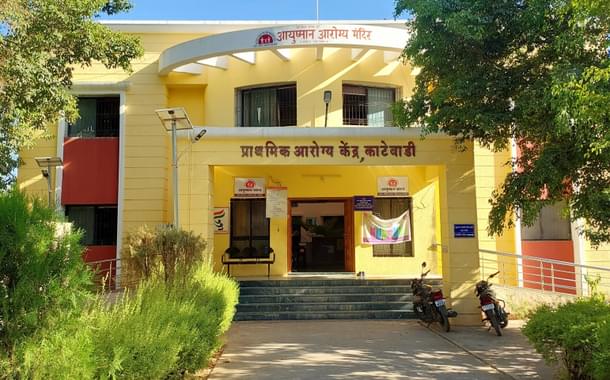
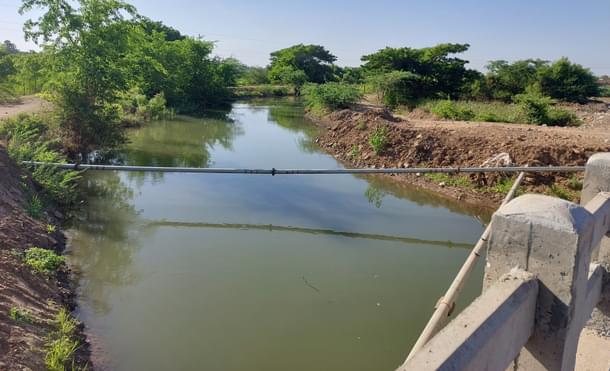
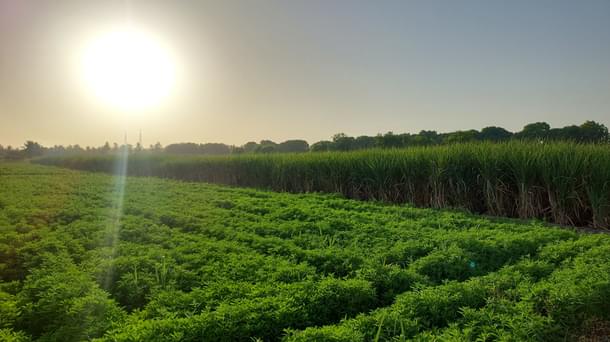
Located a few kilometres away from Katewadi is Kanheri, yet another picturesque village. Kanheri is home to the Shri Kanheri Devasthan, a temple which has a special meaning for the members of the Pawar family.
It is here in the shrine dedicated to the Lord Hanuman where the Pawar family members offer coconut before filing nominations for any kind of elections.
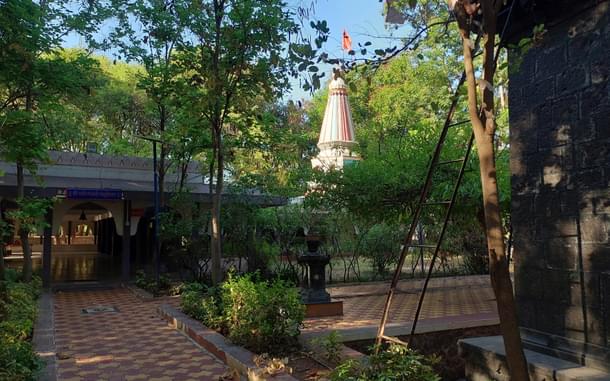
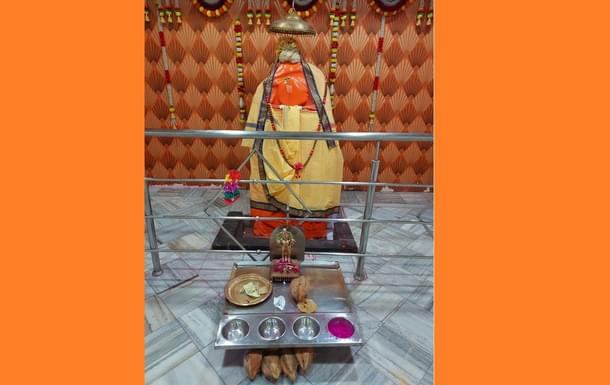
It is pertinent to note here that although Sharad Pawar sits at the helm of an influential family and a network of several institutions spread across Maharashtra, he started out as a mere student leader in the Congress.
Whether it is Katewadi or Baramati, Pawars weren't the traditional village chieftains in both places. In Katewadi, it was the Kates where as in Baramati, it was the Satavs and the Naiks who called the shots.
The political journey of Pawars started with senior Pawar's mother Shardabai Pawar's nomination to the Pune District Education Board back in the 1950s. His elder siblings like Vasantrao Pawar were active members of the left-wing Peasants and Workers Party back then.
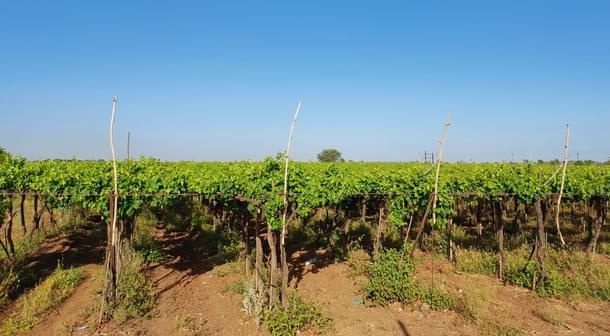
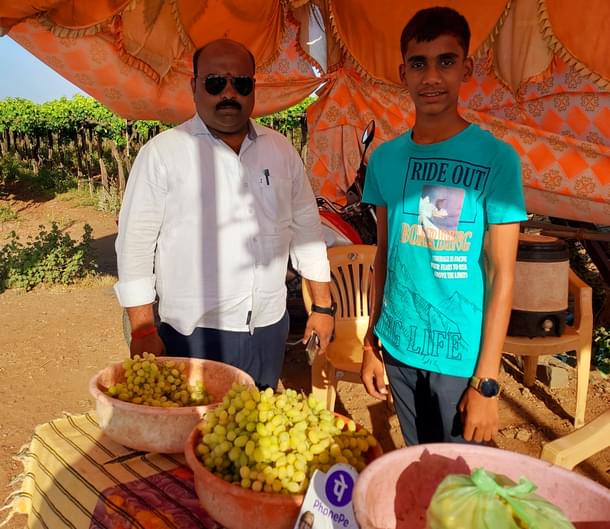
By the time we returned back to Baramati, it was evening. The main streets and arterial roads of the town in the evenings here are full with employees from the nearby factories returning back to their homes and residents out to buy groceries.
What strikes one immediately is that almost all roads in Baramati are spotlessly clean, devoid of potholes, with footpaths on either sides and trees planted for shade.
It is a feat considering that Baramati is only a municipal council grade town. Not even municipal corporations in-charge of several cities across India manage to achieve what the administrators and people of Baramati have done.
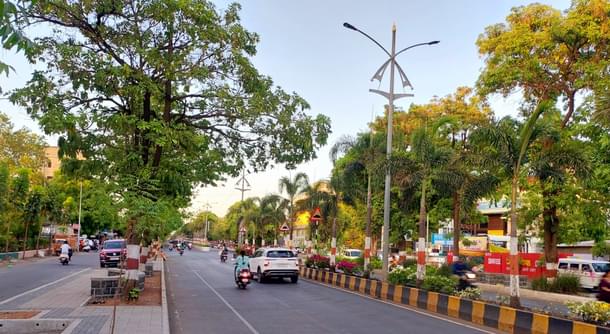
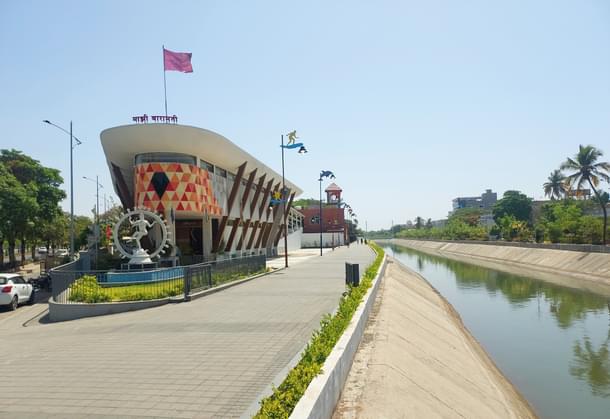
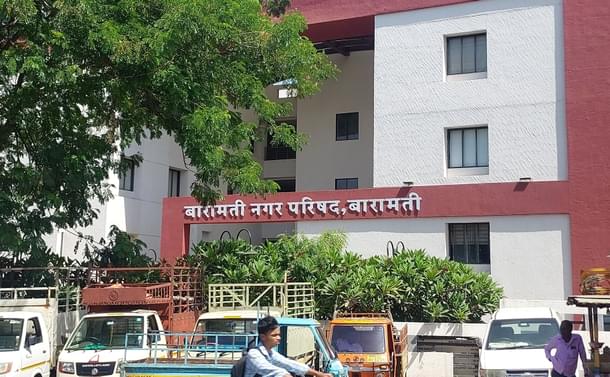
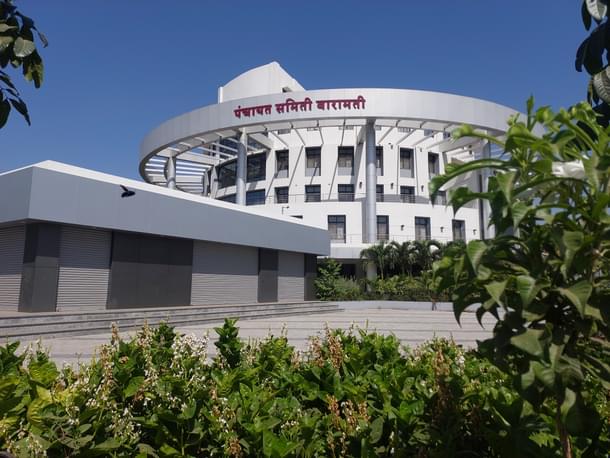
Studded with neat and clean roads and swanky government buildings, Baramati is modern in every sense. However, the town is not just about the brick and concrete buildings built in the recent past.
The town's fame pre-dates that of the Pawars as it is also home to the Shri Siddeshwar Temple dating back to 1237 CE. Dedicated to Lord Shiva, the temple in its present form is a classic example of the late Maratha architecture developed in the age of dominance of the Maratha confederacy.
The priest in-charge of Lord Dattatreya's shrine inside the walled temple complex informs that the temple is said to have been visited by the revered medieval-era Vaishnav saints Dnyaneshwar and Tukaram. This is apart from its illustrious regular visitors from the 18th-century like the village elder man Babujirao Naik-Baramatikar and the famed Marathi-poet Moropant.
Naik-Baramatikar, a Deshastha-Brahmin resident of Baramati, doubled up as a money-lender and a war-time general for the Marathas and was brother-in-law of Peshwa Baji Rao, the first. He is said to have patronised Moropant, famously known for his composition of the Niroshtha Ramayan, which can be recited without the usage of labial consonants.
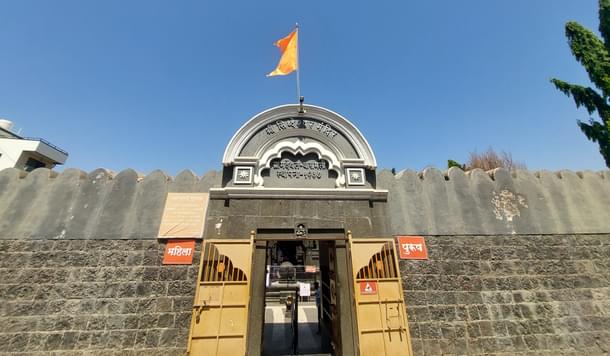
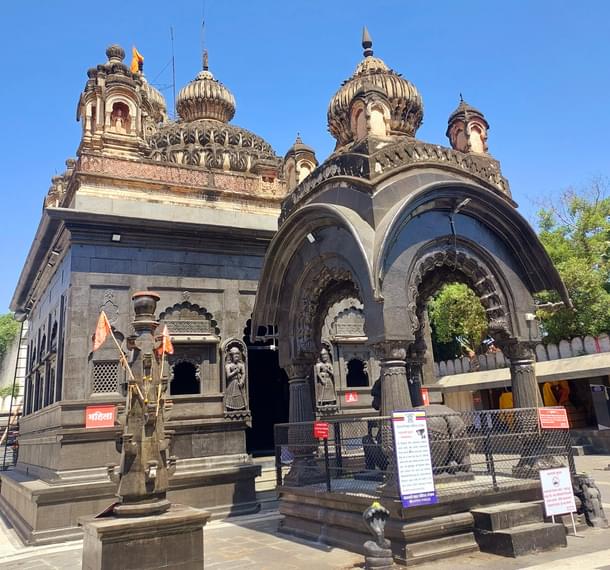
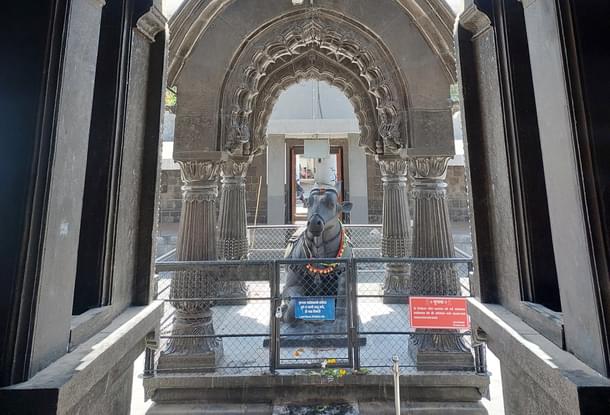
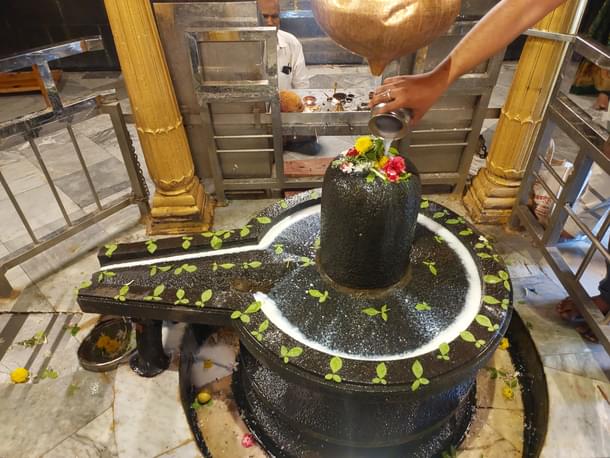
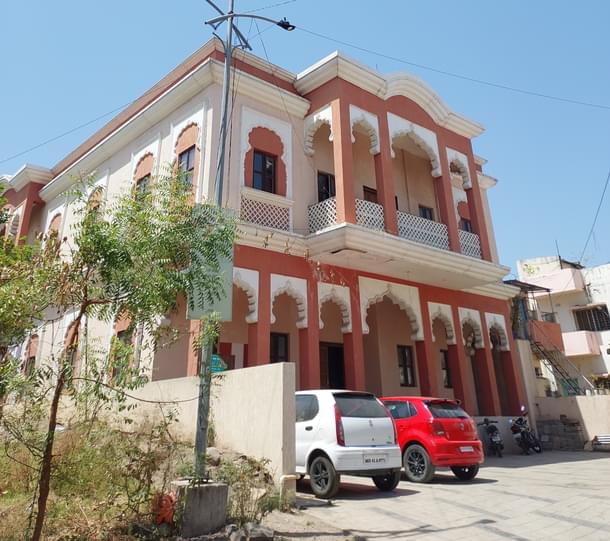
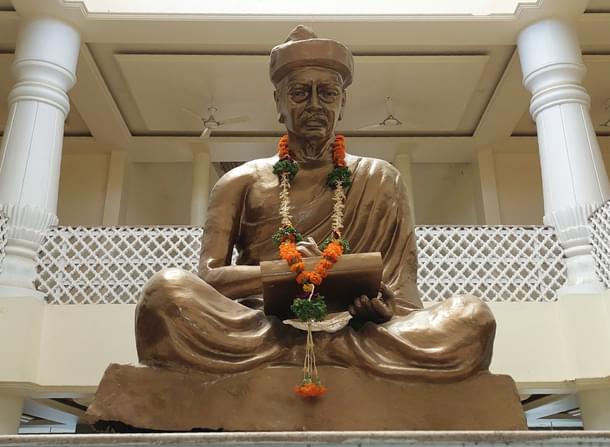
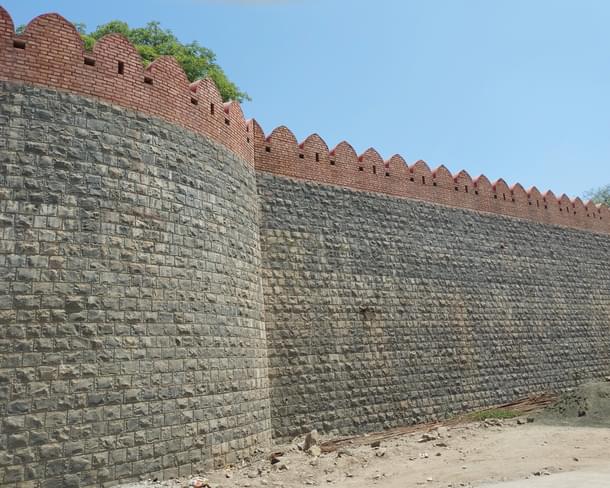
While the present-day Baramati taluka is home to a large industrial cluster, the town has always been a prominent retail market for purchasing gold ornaments and textiles.
The town's prominent jeweller — Chandukaka Saraf and Sons — started by a migrant Marwari family, sees large footfall from people across western Maharashtra as well as Marathwada.
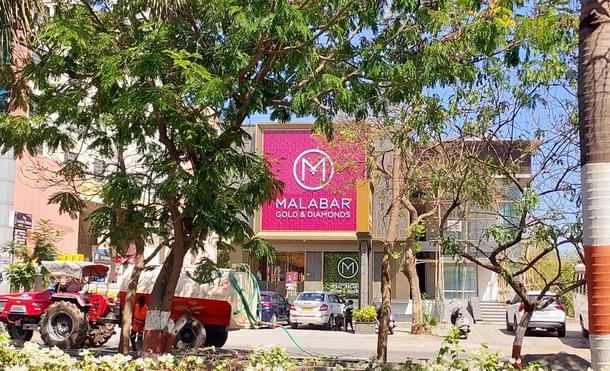
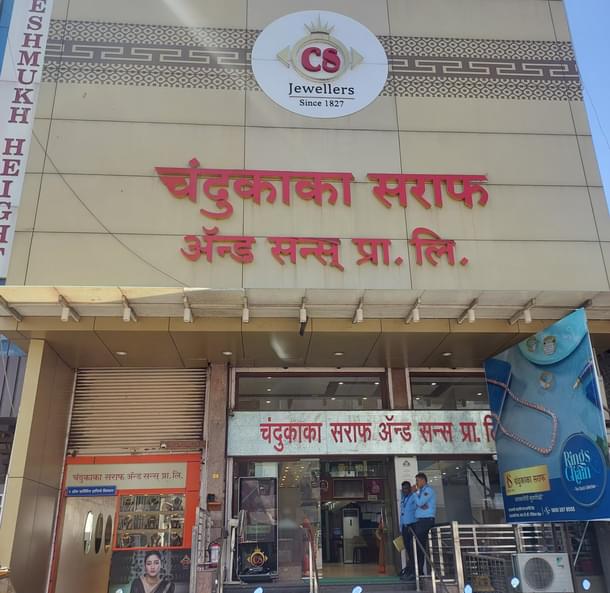
Some of the newly-developed areas of the Baramati town are witnessing several pan-India retail fashion brands like Zudio, Pantaloons and electronics chain like Croma opening their outlets.
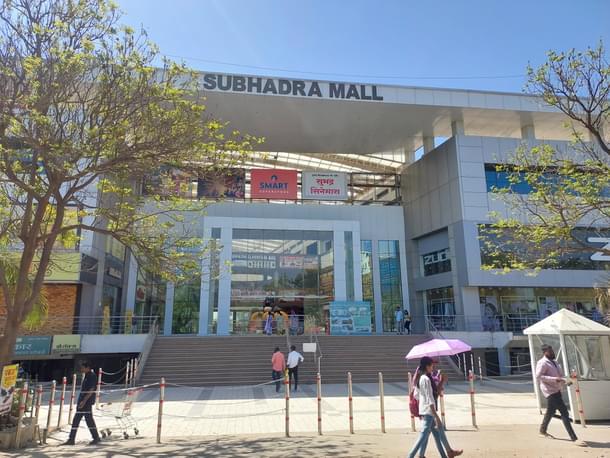
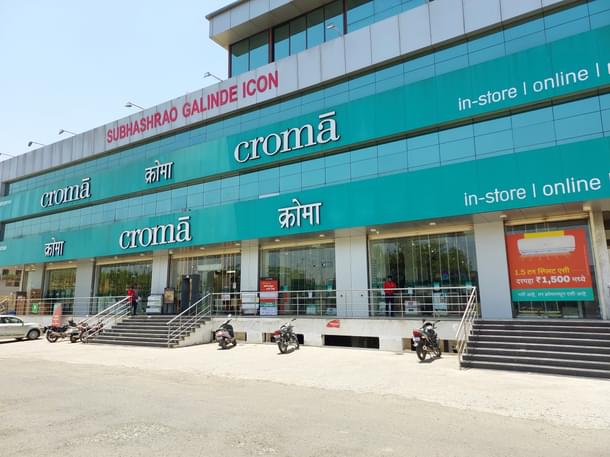
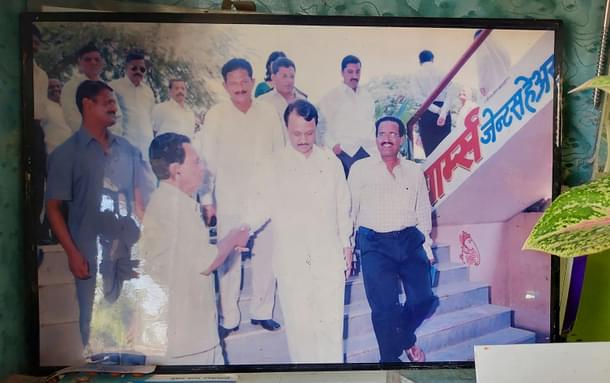
The Baramati Municipal Council and other civic authorities are leaving no stone unturned, considering the needs of a growing town. A major focus is on making the town water-sufficient, for which two large tanks are being constructed along the banks of the Nira Left Bank Canal.
At present, Baramati is one of the very few towns in Maharashtra whose residents are supplied drinking water on a daily basis.
In terms of the health-care facilities, Baramati town at the present has three major state government-run hospitals along with the recently inaugurated Punyashlok Ahilyadevi Holkar Government Medical College.
The hospital attached to the medical college has a capacity of 500 beds, 21 wards and 13 operation theatres, making it the largest state government-run medical college and hospital in the entire western Maharashtra.
"Dada (Deputy Chief Minister and NCP chief Ajit Pawar) was pestering Saheb (NCP-SP chief Sharad Pawar) for long to build a private medical college in Baramati. However, Saheb was against it as a private medical college would mean large amounts of unaccounted money exchanging hands.
When the pestering became unbearable, Saheb agreed, but reluctantly, to start a full-fledged government medical college here in a taluka-place like Baramati," said Narayan Musale, a tender coconut seller near the state-government run Silver Jubilee Hospital in Baramati town.
This is apart from an upcoming State Government Ayurvedic College, a Cancer Treatment Centre and an operational network of several state government-run primary healthcare centres and private hospitals in the Baramati Taluka.
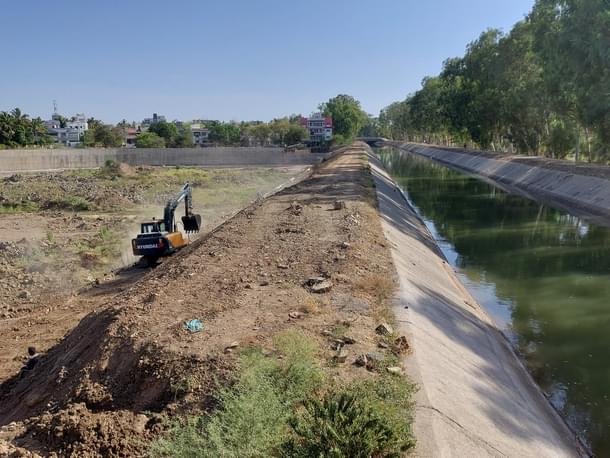
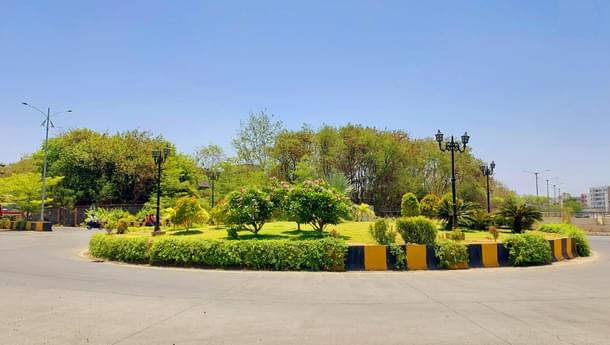
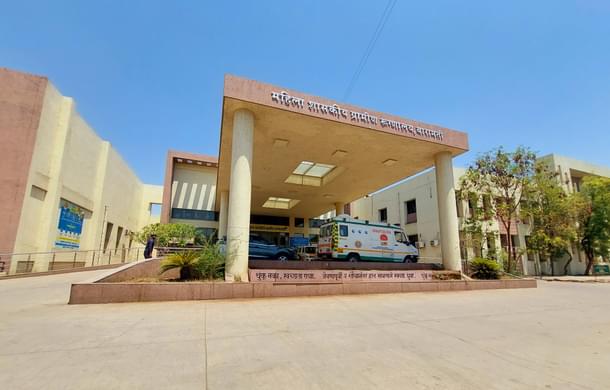
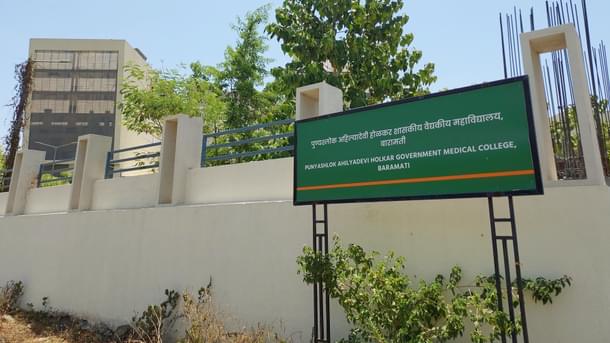
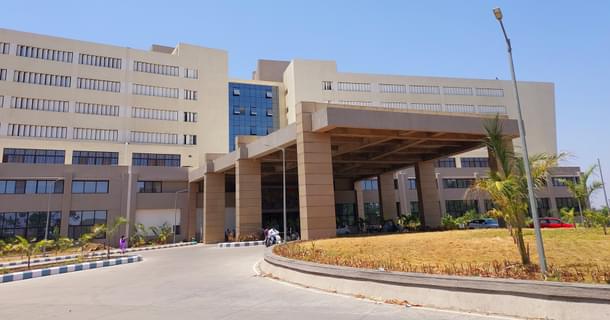
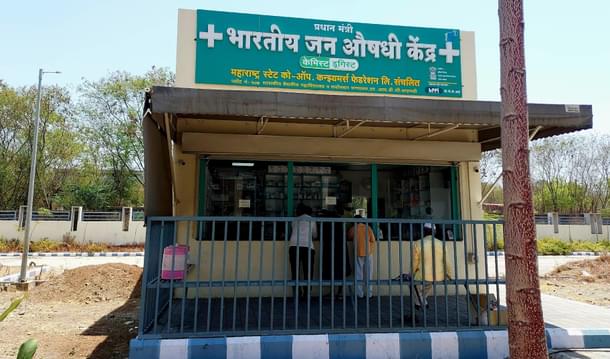
Stable civic governance creates conducive environment for industrial growth.
In case of Baramati, the industrial growth story of the town has been led by the co-operative movement as well as the private entrepreneurial class, with a large chunk of them operating in the area of agro-processing.
The first major industrial experiment based on the co-operative model in Baramati was the establishment of the Malegaon Co-Operative Sugar Factory. The factory located in the Malegaon Budruk village on the outskirts of the Baramati town was registered in 1955 by a group of farmers led by Raobahadur Ganesh Gopal aka Dadasaheb Shembekar. The founding members included Sharad Pawar's father Govindrao Pawar.
Notably Shembekar, a civil servant who gave up his job to focus on farming, was one of the first farmers from Baramati to cultivate sugarcane. He is credited with the development of the Adsali variety of sugarcane which can be planted in the months of August-September itself unlike older varieties like Pandhrya which had to be planted in January. The Adsali variety takes 14-15 months to grow and matures in October.
This is the reason why the sugarcane crushing season in Maharashtra starts in November and ends in April.
At present, the sugar crushing capacity of Malegaon Co-Operative Sugars is 7,500 metric tonne per day. The highest crushing capacity in the Baramati taluka is of the sugar factory operated by Baramati Agro, a firm related to Sharad Pawar's grand-nephew Rohit Pawar.
With abundant water supply to the fields around Baramati from the Nira Left Bank Canal and the Khadakwasla Canal, sugarcane has been the first choice of the farmers owing to it being an assured source of income.
"The unique thing about sugar factories is that none of the by-products in the sugar extraction process go waste. The bagasse produced after extraction is used for power generation. Our power production plant based on the same has installed capacity of 35 mega-watts.
This apart, the molasses left after separation of sucrose (i.e. the white sugar) is used for the production of ethanol and further alcohol," said Ashok Patil, managing director of the Malegaon Co-Operative Sugar Factory.
This sugar factory is crucial to the local economy of the region as it calls approximately 21,000 farmers as its primary members.
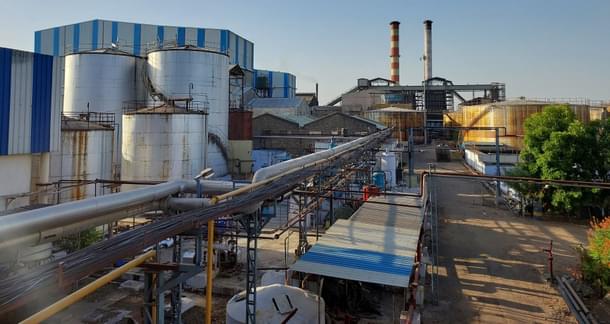
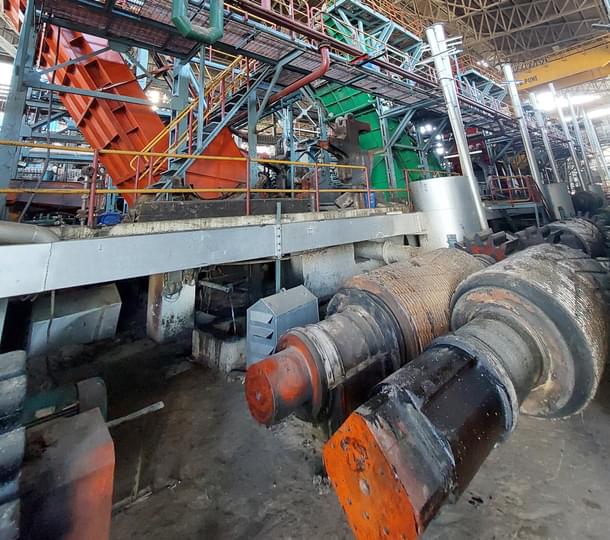
Apart from the co-operative sugar factories, Sharad Pawar and his close confidantes have also been instrumental in the setting up of several other co-operative institutions such as the Baramati Co-Operative Bank, Baramati Co-Operative Industrial Estate, Baramati Co-Operative Milk Association, Baramati Co-Operative Buyers and Sellers Association and Baramati Canal Water Users Association.
At the present, the Baramati Co-Operative Bank, Milk Association and the three co-operative sugar factories, namely — Malegaon Co-Operative, Chatrapati Co-Operative and Bhavaninagar Co-Operative are said to be in the control of those close to Ajit Pawar.
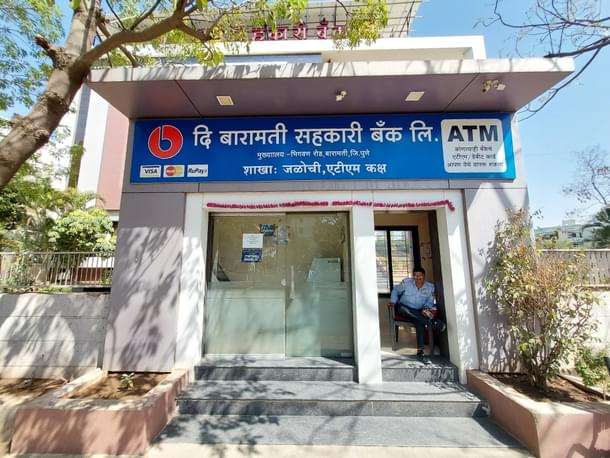
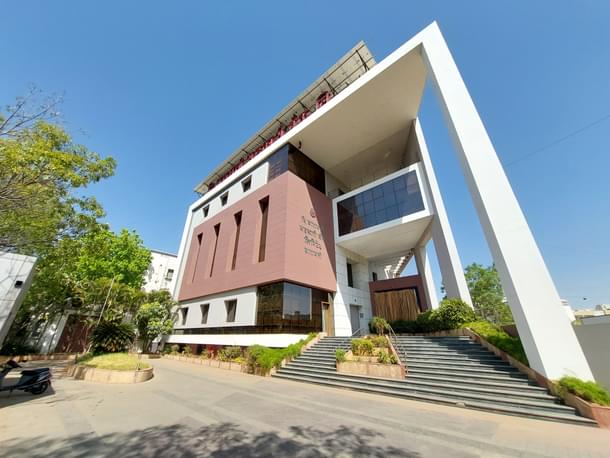
The Baramati-Bhigwan road which darts off from the city centre divides the city into two parts. While the right side is partly institutional and partly residential, the left is a dedicated industrial hub comprising the Baramati MIDC township and the Baramati Hi-Tech Textile Park.
The MIDC township here is home to units of several reputed companies such as Kirloskar Ferrous, Bharat Forge, Piaggio Vehicles, Jain Irrigation Systems among others.
In terms of the gender demography, industrial hubs anywhere in India, including the Baramati MIDC, is majorly male-dominated. However, the Baramati Hi-Tech Textile Park with 80 per cent of its 2,500 strong work force consisting of women is an exception.
Built on a land leased from the MIDC and spread over 60 acres, the textile park was established in 2007 under the Union Government's Scheme for Integrated Textile Parks.
"We have developed basic infrastructure required for textile manufacturing within the campus. Additionally, we provide assistance to the companies who intend to set-up their production facilities here along with training to the workers. As of now, 16 units are in operation here while four closed post Covid-19 due to financial difficulties," said Anil Wagh, chief operating officer at the Baramati Hi-Tech Textile Park.
The textile park, a pet-project of Ajit Pawar's wife Sunetra Pawar, is notably home to the noted clothing brand for men, Cottonking, famed for its premium quality formal shirts.
To understand what role does the textile park play in the lives of the women here, the author visited the production unit of Pepper Mint Clothing, which specialises in the production of kids apparels.
Heena Shaikh, a resident of Malegaon located on the outskirts of Baramati, is content with her present state of employment.
"My working hours here are from 8.30 am in the morning to 5 pm in the evening. I have been working here since past 3 years. As of now my salary is Rs 15,000 per month. With other benefits such as bus drop-off facility along with breakfast and lunch provided at minimal prices in the canteen, I am able to take care of myself and my two kids," Shaikh said.
There are other employees who travel here daily due to lack of formal employment in their home towns. One such is Archana Doifode, who travels daily to Baramati from Phaltan, located 30 kilometres away.
"I have been working here since past 2 years. The salary ranges from anything between Rs 12,000 to Rs 15,000. If one wishes to work overtime, they are paid additional salary. With my son working in a private Dairy processing unit back in Phaltan and a tea-stall run by my husband, this job means an additional income support to my family," Doifode said.
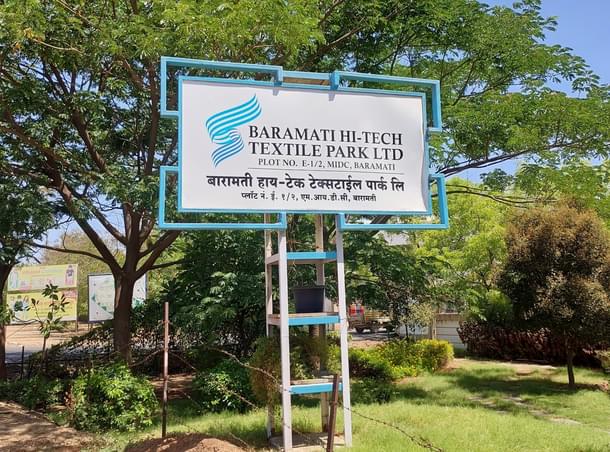
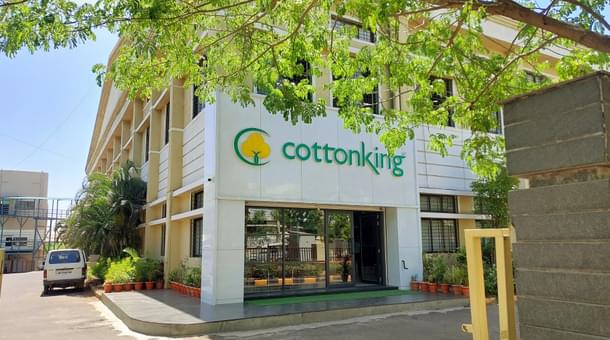
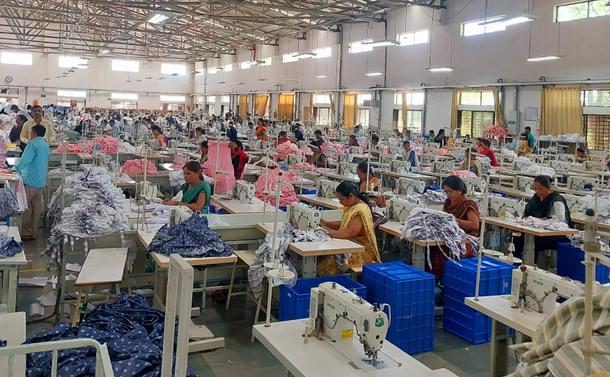
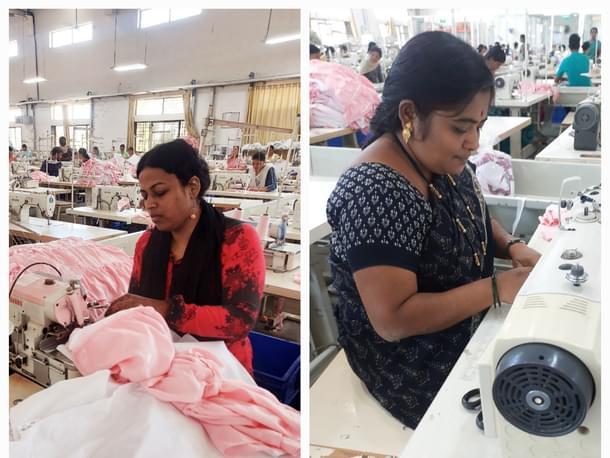
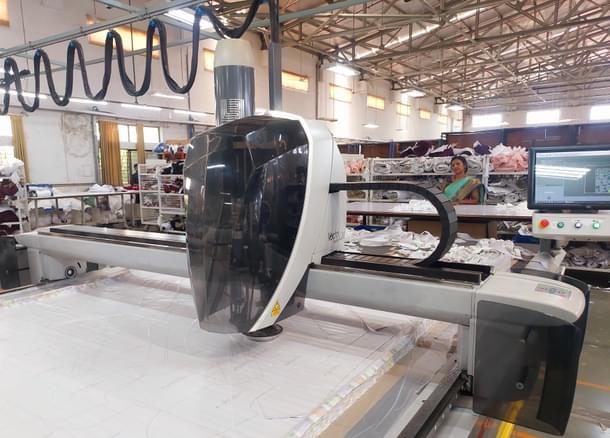
Apart from co-operatives and industries, institutional presence of the Pawar family in Baramati marks itself in the field of education as well.
The Vidya Pratishthan (VP), a pet-project of Sharad Pawar, operates a range of educational institutions offering courses from kindergarten level to post-doctoral research across several towns in Maharashtra.
"Saheb (i.e. Sharad Pawar) has always been particular to ensure quality education to all Baramatikars. As a part of his vision, the VP started out as a small school in 1972 in a rented facility. In 1991, we purchased 130 acres of land from MIDC on the outskirts of the town and started an arts, science and commerce college.
This was followed by establishment of several other institutions in the same campus today known as Vidyanagar. I say this without any exaggeration that the VP has nearly 30,000 students on its rolls at the present," said Bharat Gadhve, a founding member of the VP and a close associate of Sharad Pawar.
"Although both Saheb (Sharad Pawar) and Dada (Ajit Pawar) have been closely involved in the management of the VP, both have followed two principles strictly — no interference in the appointment of academic and non-academic staff and no donation from any student who seeks admission in any of the VP's institute," Gadhve added.
At present, the VP operates 17 schools across Baramati, Indapur, Bhigwan, Pune and Talasari along with five technical colleges, a law college and four general undergraduate colleges. In order to ensure ease of settling in a metropolitan city like Pune post graduation, the VP also operates two hostels for its alumni's working there.
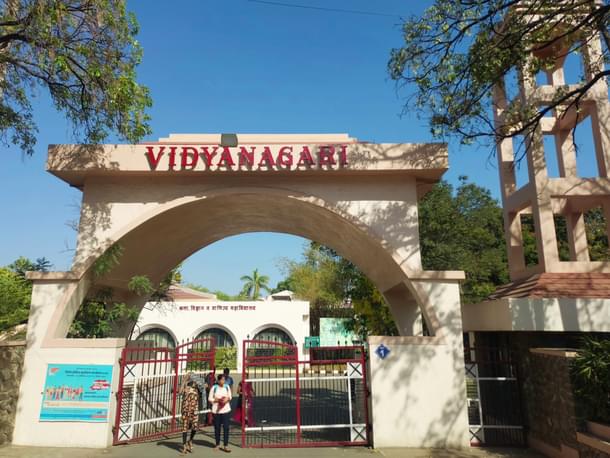
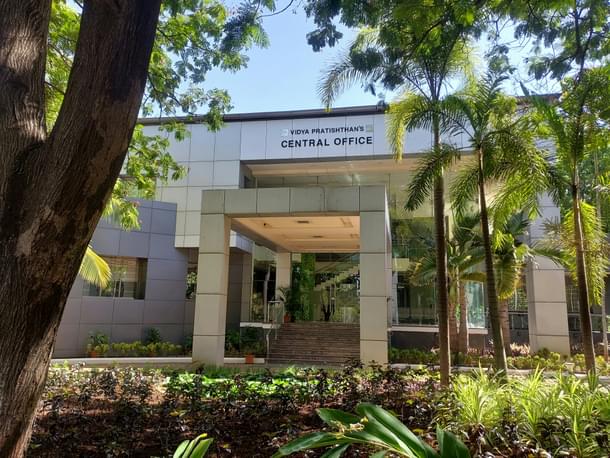
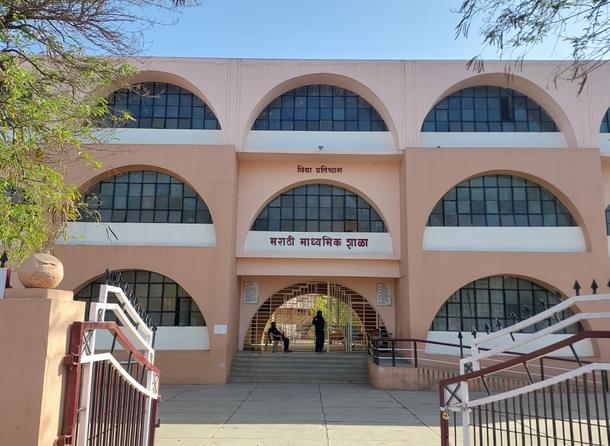
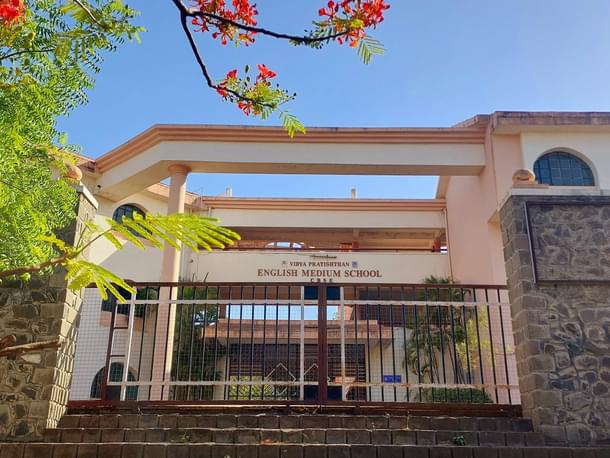
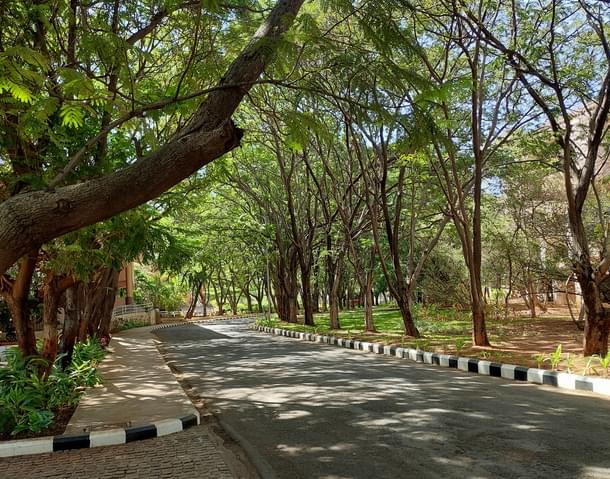
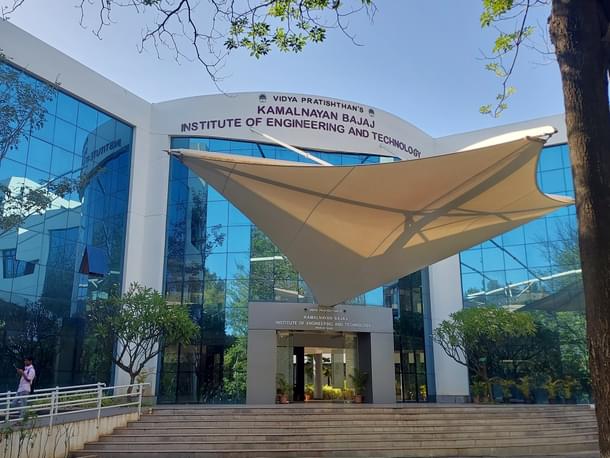
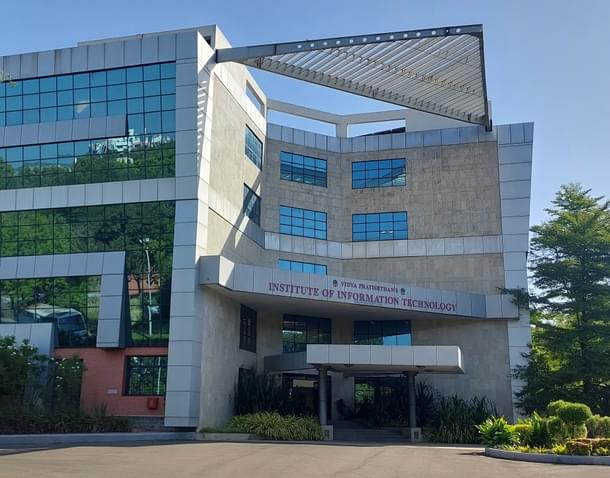
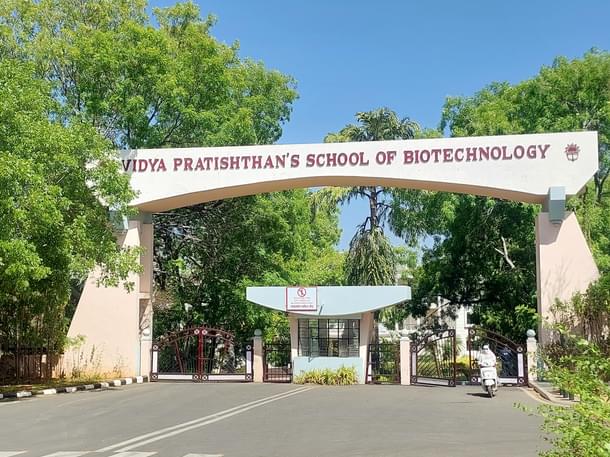
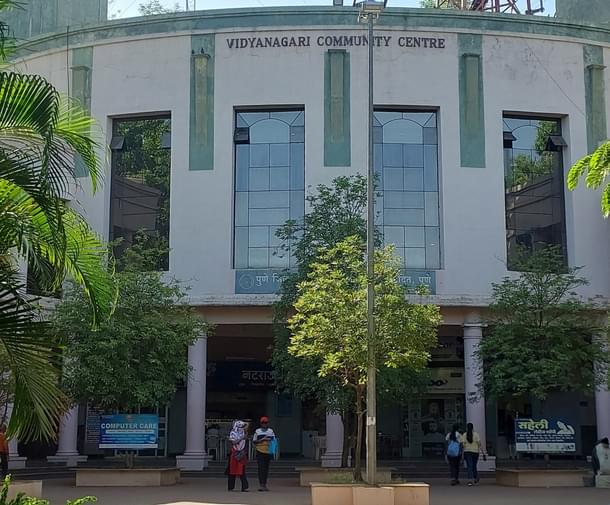
While the VP specialises in traditional academic education, Baramati taluka is also home to the Indian Council For Agricultural Research's (ICAR) National Institute of Abiotic Stress Management and the Agricultural Development Trust (ADT) started by Sharad Pawar's sibling Appasaheb Pawar.
Both ICAR and ADT in turn jointly operate the Krushi Vigyan Kendra (KVK) at Malegaon Budruk, a farmer education facility spread over 110 acres. The KVK's area of work include educating farmers on the latest developments in agricultural practices, need for water and soil conservation and developing techniques for assured and increased production of various crops.
"KVK also has a farmer's hostel where in the farmers from across the country can come and stay during their training inside the campus. Along with this, the ADT apart from operating KVK also runs the Agricultural College of Baramati, Shardabai Pawar College of Arts, Science and Commerce among others," said Santosh Godse, a Subject Matter Specialist (Extension) at the KVK, Malegaon Khurd Campus.
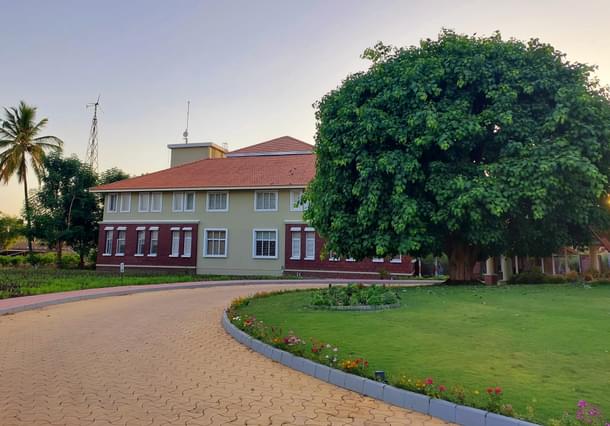
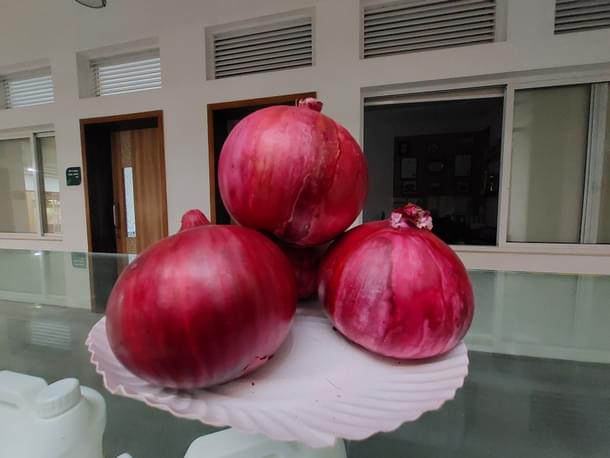
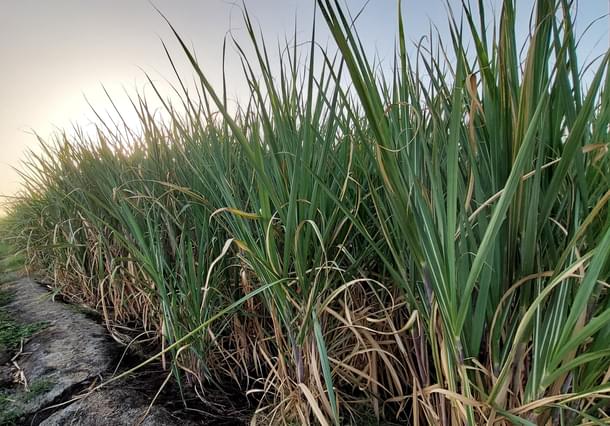
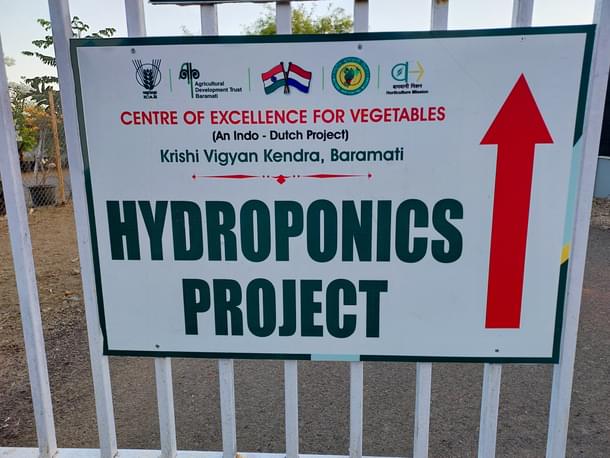
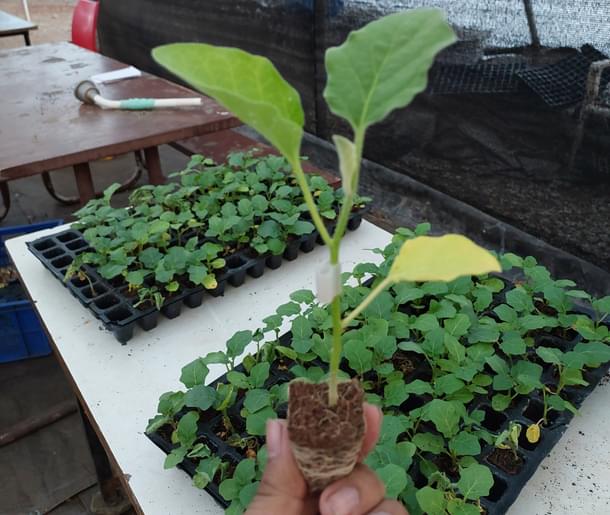
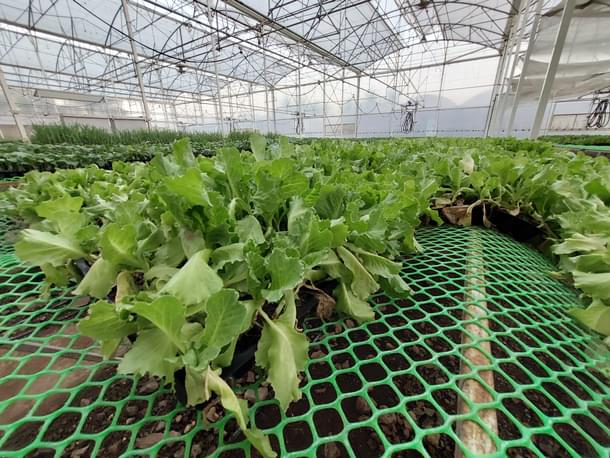
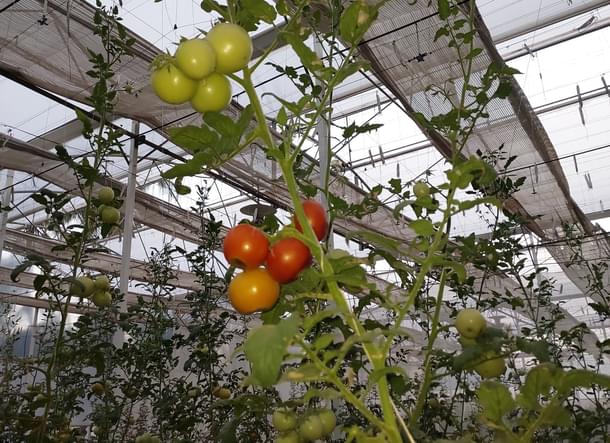
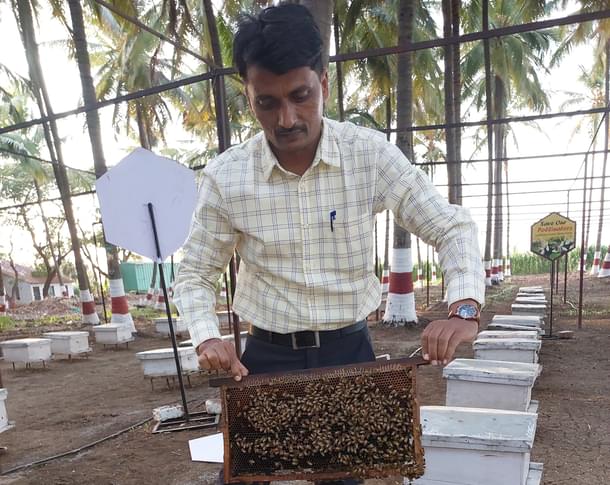
In a first glance, Baramati to any outsider might seem like a utopian dream turned into a reality. From well paved roads to clean hospitals, excellent schools to an industrial hub, Baramati has everything. The Baramati town has an airport as well for small bodied airplanes and a railway station with daily passenger rail services to Pune.
Problem, however, lies in the concentration of all good things within a short circumference of the Baramati Taluka inter alia the Baramati State Assembly Constituency.
The Baramati State Assembly seat with a population of 4.30 lakh is just one of the six assembly segments that make up the Baramati Lok Sabha seat. The state assembly seat was represented by the NCP-SP leader Sharad Pawar six times in a row from 1967 to 1990 and has subsequently been in the grip of his now politically estranged nephew Ajit Pawar till date.
The Baramati Lok Sabha seat on the other hand has been represented by Sharad Pawar six times in the past, once by Ajit Pawar and has been with the former's daughter- Supriya Sule, since 2009.
"Despite having been in the firm grip of Pawar family for more than three decades, there are several villages in other assembly segments of the Baramati Lok Sabha Constituency like Purandar, Daund and few villages even within the Baramati assembly segment which are unable to meet their drinking water needs in the summers unless water is supplied to them through tankers.
This is while the residents of the Baramati town and the villages around it have enough water to keep their lawns and fields green year round. The situation here in a way is a reflection of the overall developmental imbalance in Maharashtra," a local journalist, who has closely followed the rise of the second and third generation leaders in the Pawar family, said on the condition of anonymity.
Staff Writer at Swarajya





